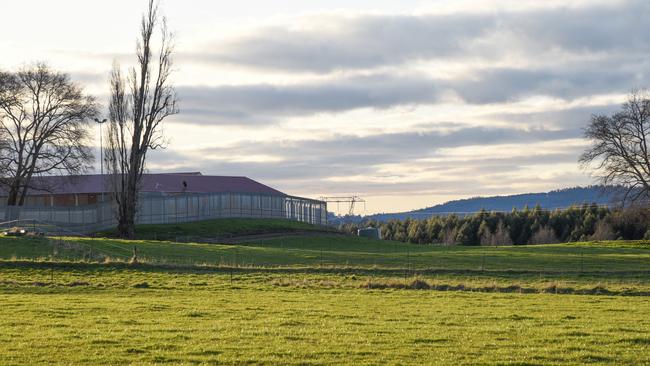Youth Justice Blueprint to take in recommendations of the Commission of Inquiry
Children aged under 16 will no longer be sent to youth detention in Tasmania when a new Youth Justice Blueprint is enacted – but the changes will only come into play sometime in the next 10 years. The plan.

Tasmania
Don't miss out on the headlines from Tasmania. Followed categories will be added to My News.
Tasmanian children will not be able to be imprisoned until age 16 and won’t be held criminally responsible until the age of 14 under the state’s new Youth Justice Blueprint.
The document formalises a draft blueprint released a year ago, and adds some additional measures following the Commission of Inquiry into the Tasmanian Government’s Responses to Child Sexual Abuse in Institutional Settings (COI).
Currently children as young as 10 can be held criminally responsible in Tasmania.
Legal and youth advocates have long argued the age should be lifted to at least 14 and the state government has previously agreed to do so.
This change, along with raising the detention age to 16, were recommendations of the Commission of Inquiry.

Minister for Education, Children and Youth Roger Jaensch said raising the age of criminal responsibility to 14 and the age of detention to 16 would make Tasmania the nation’s leading jurisdiction on youth justice reform.
The change is due to take place some time in the next decade, with the blueprint proposing a reform timeline out to 2034.
“We will do this by developing alternatives to detention for children aged up to 15 years that result in better outcomes for young people and the communities they live in,” Mr Jaensch said.
“Children and young people who are at risk of, or are already engaged, in offending have a range of needs that require responses across multiple service systems. This requires working collaboratively across government and the community to establish better connections for vulnerable children and young people, their families, and services.
“Over time, our actions will result in a system that supports early intervention and diverts children and young people away from the statutory youth justice system.”

The previous draft blueprint revealed the government’s plan to replacing the Ashley Youth Detention Centre with five smaller facilities.
These include a small detention centre in Brighton, two assisted bail facilities, one in the north or north west and one in the south; as well as two supported residential facilities, one in the north or north west of the state and one in the south.
Mr Jaensch said the government wanted the Brighton centre open within two-and-a-half years to allow for the closure of the Ashley Youth Detention Centre.
“We adopted the Commission of Inquiry’s target of July 2026 as the date by which we will have that facility ready. We are aiming for that and will deliver it as soon as we possibly can,” he said.
The COI found the abuse of children was rife at Ashley over many decades.
Originally published as Youth Justice Blueprint to take in recommendations of the Commission of Inquiry


